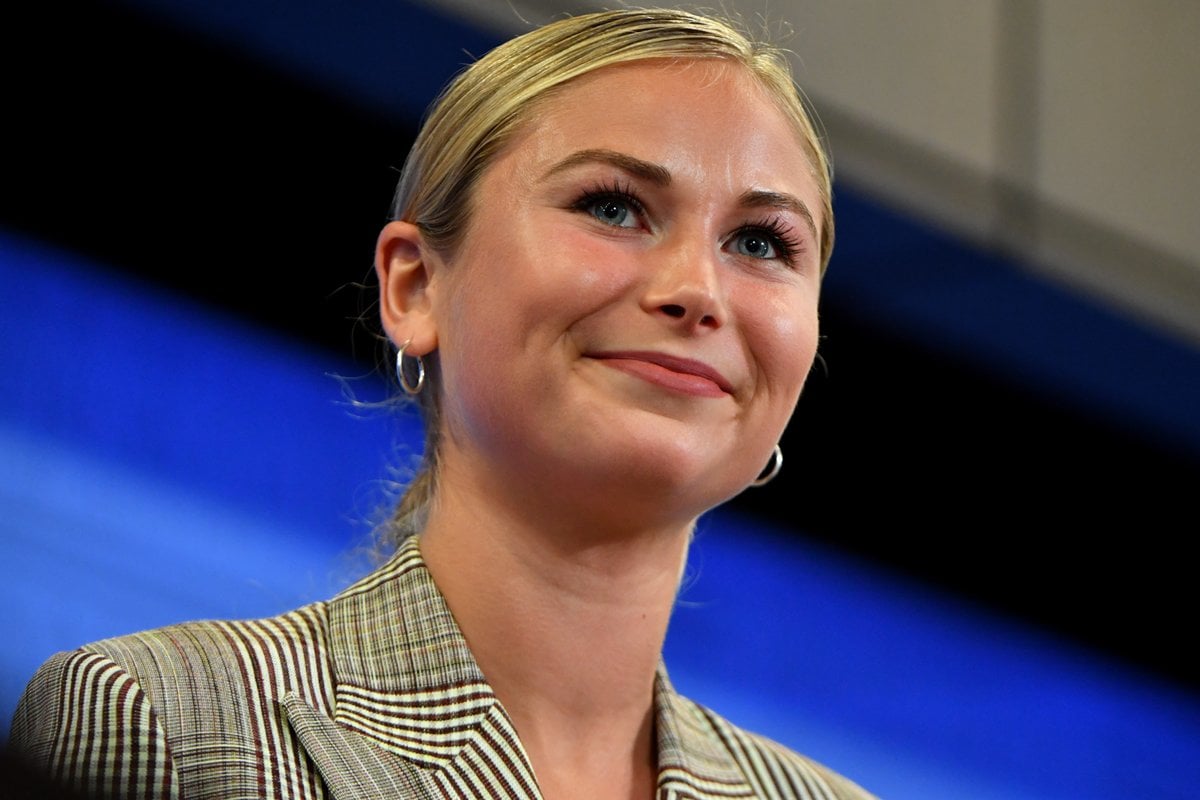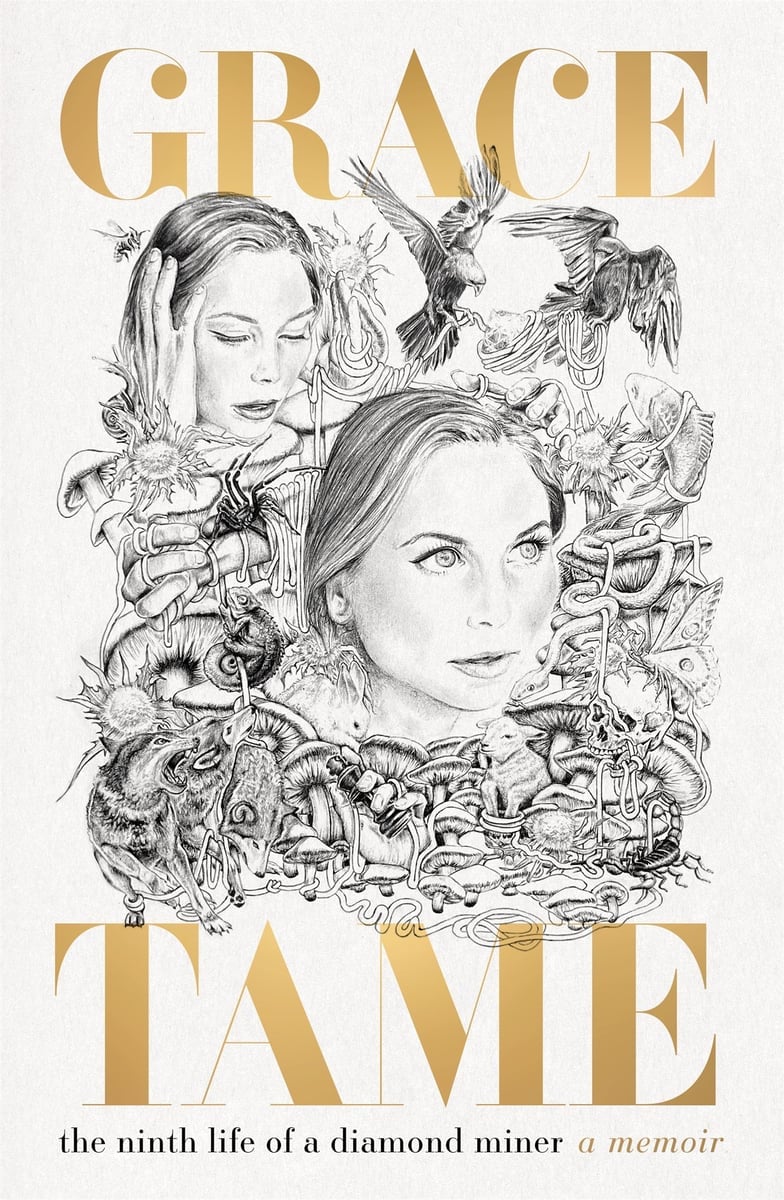
The following is an excerpt from The Ninth Life of a Diamond Miner: A memoir by Grace Tame.
It was a blistering summer’s day, February 1, 2022. I was ignoring all of the advice from everyone around me to slow down. I’d been to visit my old English teacher, Janet, who lives in Opossum Bay, and was riding home. I had already ridden 100 kilometres that week and it was only Tuesday. I was riding for exercise because I’d fractured my foot running two months before, and my pelvis six months before that.
I hadn’t eaten much that day. Not enough to compensate for the energy I was burning, at least. It was all in the name of self-care; I insisted. I was taking time for myself amid all the chaos of public life. I knew what I was doing. I was on home turf. I’d ridden this route before. The worst part, I thought, was already behind me, when I had made it safely across the Speaks Bay neck and out of the midday crosswind. Anticipating the steep climb that awaited me, I shifted into high gear and descended the hill just before the turnoff to Gellibrand Drive at top speed in the hopes of building some momentum. The road was smooth and hot under my thin tyres. The turn was a sharp dogleg dotted with loose gravel where the highway met the back road.
As soon as my bike tipped, I could feel time begin to stretch. Adrenaline screamed before I did. I knew I was going to hit the ground. I couldn’t fight. I let myself fall. 'Ah' and 'f*ck' were the only two words I could say out loud. I repeated them a few times, still underneath and attached to the metal frame of the 17-year-old triathlon bike, lying on the highway. 'You’re all right,' I told myself privately, 'if something was broken, you’d be crying.' After a minute or so of inertia, I freed my feet, moved the bike, and sat myself down on a slab of concrete on the corner. I’d ridden in just my shorts and crop because of the heat and my left side was now a mess of dirt and running blood from gravel rash. On my way up, before the descent, I’d passed an old man on a push bike who stopped briefly when he reached me to see if I was okay and kindly check my chain. I told him I only had about 30 kilometres to go. I was planning to ride home. I just needed to collect myself. The ripping feeling inside my chest would surely subside soon enough. I would just have to be mindful not to turn my head that way. Or breathe too deeply. Or lift my arm like that. Or move too suddenly.

